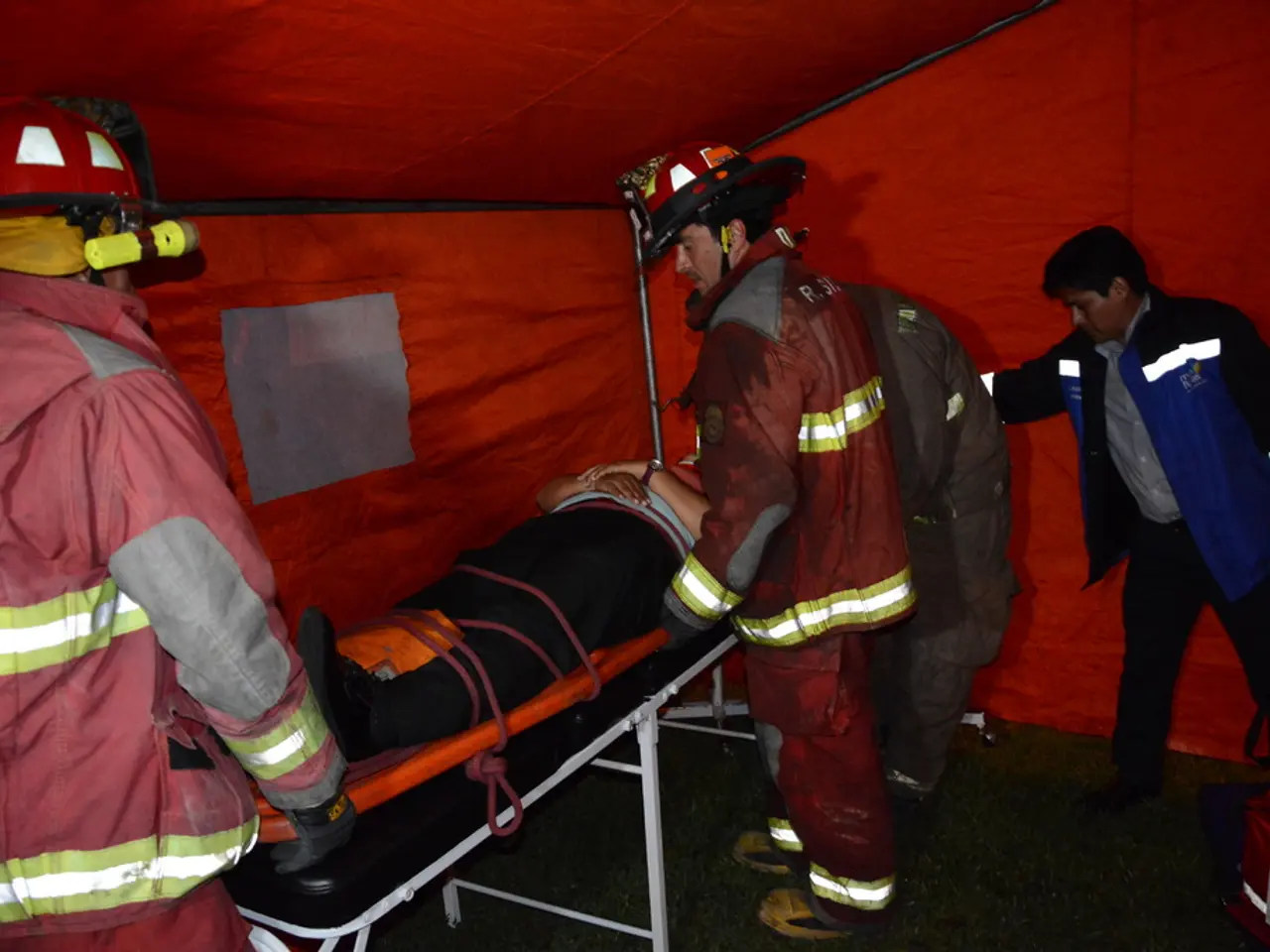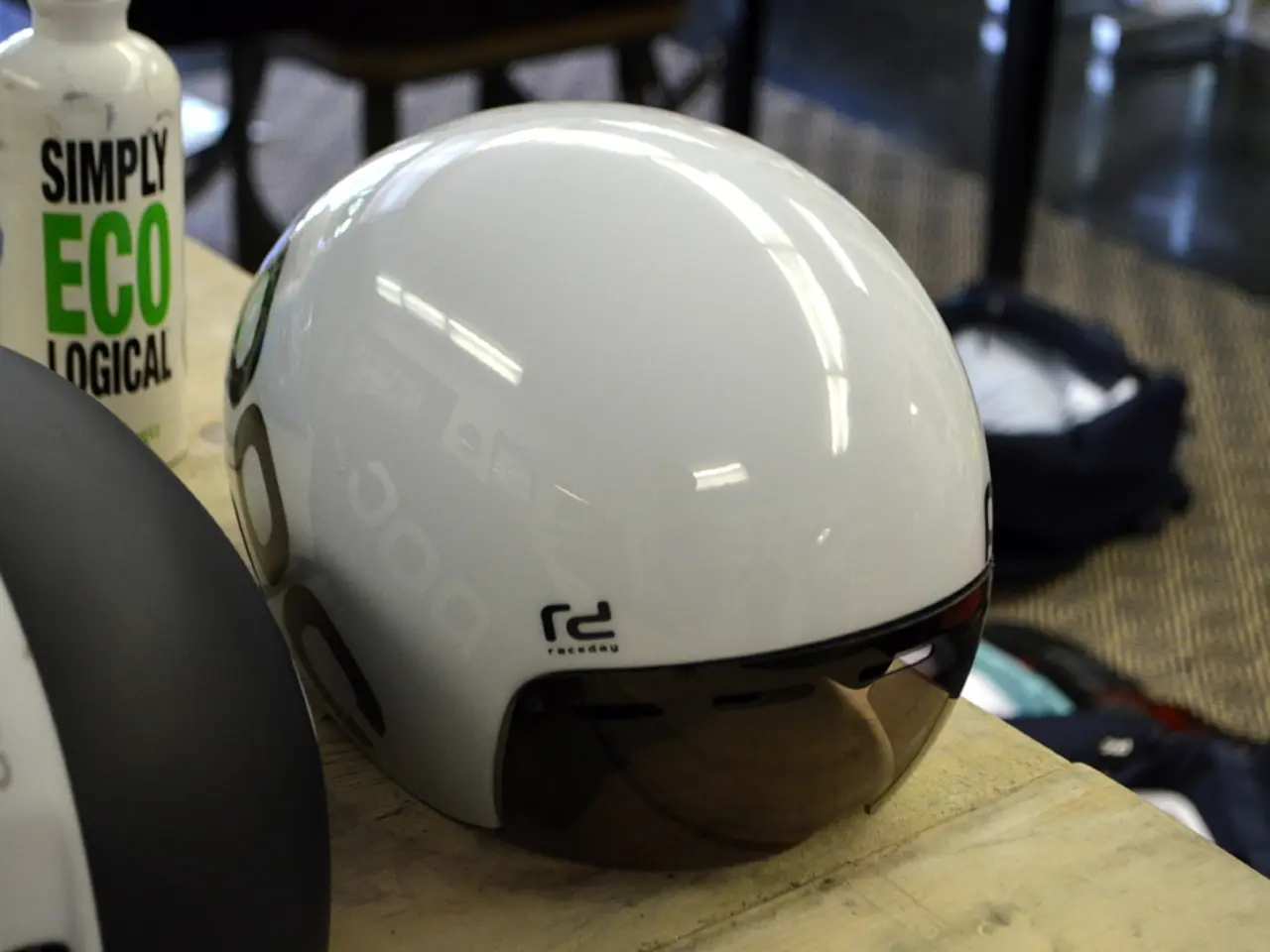Contents of a Wilderness First Aid Kit
In the wilderness, a medical emergency can turn a peaceful adventure into a daunting challenge. However, with a well-equipped medical kit and the right knowledge, even the most remote locations can become safer. Here's a guide to the essential gear for a wilderness medical kit, based on the ABCDE principles:
**Airway**
A vital component of any wilderness medical kit is equipment to maintain and secure an open airway. Face masks or respiratory barrier devices help prevent exposure to bodily fluids during rescue breaths, while oral or nasal airways can maintain an open airway. For those trained in their use, cervical spine collars can stabilise the neck.
**Breathing**
Ensuring proper breathing is crucial in wilderness medicine. An oxygen tank and regulator (if possible and if trained to use them) can aid in oxygen delivery. A respiratory and CPR mask and a manual ventilation bag or handheld ventilator (for advanced kits) are also essential for maintaining airflow.
**Circulation**
Control of severe bleeding is key in wilderness medicine. Tourniquets, hemostatic agents like QuikClot, SAM splints or other immobilization devices for fractures, and chest seals or occlusive dressings for chest injuries are all vital for managing bleeding and fractures.
**Disability**
Assessing and managing disabilities in the wilderness requires the right tools. Basic neurological assessment tools, a backboard or stretcher for spinal immobilization, and a first aid manual including information on basic life support are all crucial for managing potential injuries.
**Exposure**
Exposure to the elements can be life-threatening in the wilderness. Blankets or emergency bivvy sacks, space blankets, wind and rain protection like ponchos or lightweight rain jackets can help maintain body temperature and protect against the elements.
### Additional Items
Wound care supplies, pain management medications (if licensed to administer), basic medications like antihistamines and acetaminophen, and communication devices like two-way radios or satellite phones can also be invaluable in a wilderness medical kit.
This kit should be tailored to the specific needs of your wilderness activities and the environment you will be in. It's also crucial to have the knowledge and training to use these items effectively.
In the backcountry, infection is a concern, and the paramedic's kit is heavy on treating circulation issues. Splinting materials are plentiful in the wilderness, so the paramedic chooses not to include them in wilderness kits due to the abundance of options and thorough training.
The practice of wilderness medicine requires doing more with less while still providing quality patient care. Aspirin, clinically proven to assist in treating a heart attack, and acetaminophen, considered the pain reliever of choice in wilderness medicine, are often included.
Dehydration, heat exhaustion, heat stroke, exertional hyponatremia, hypothermia, and frostbite are legitimate concerns in the wilderness that must be addressed. In wilderness medicine, the priorities are "ABCDE," which stands for airway, breathing, circulation, disability, environment, and life-threatening hemorrhage.
For wilderness medicine, the paramedic's medical supplies fit into a quart-size Ziploc bag, while for contract medical provision, the kit is housed in a 3800 cubic inch Stat Packs G3 medical backpack. Simple tools like an oropharyngeal airway or manual airway opening techniques can be used to maintain an open airway, and a disposable CPR pocket mask enables the provision of rescue breaths without mouth-to-mouth.
Remember, a well-stocked wilderness medical kit is just one part of wilderness safety. Proper training and knowledge are equally important. Always be prepared, and enjoy your wilderness adventures safely.
- In the wilderness, a well-equipped medical kit and the right knowledge can help maintain an open airway, ensuring proper breathing, controlling severe bleeding, assessing and managing disabilities, and addressing exposure to the elements.
- Essential gear for maintaining an open airway includes face masks, respiratory barrier devices, oral or nasal airways, cervical spine collars, and blankets or emergency bivvy sacks.
- To handle bleeding and fractures in the wilderness, one needs tourniquets, hemostatic agents, SAM splints, chest seals or occlusive dressings, and basic neurological assessment tools.
- For managing potential injuries in the wilderness, a backboard or stretcher for spinal immobilization, a first aid manual, wound care supplies, pain management medications (if licensed to administer), and communication devices like two-way radios or satellite phones are crucial.
- In the wilderness, dehydration, heat exhaustion, heat stroke, exertional hyponatremia, hypothermia, and frostbite are significant concerns that should be addressed with the right gear, training, and understanding of the ABCDE priorities in wilderness medicine.




